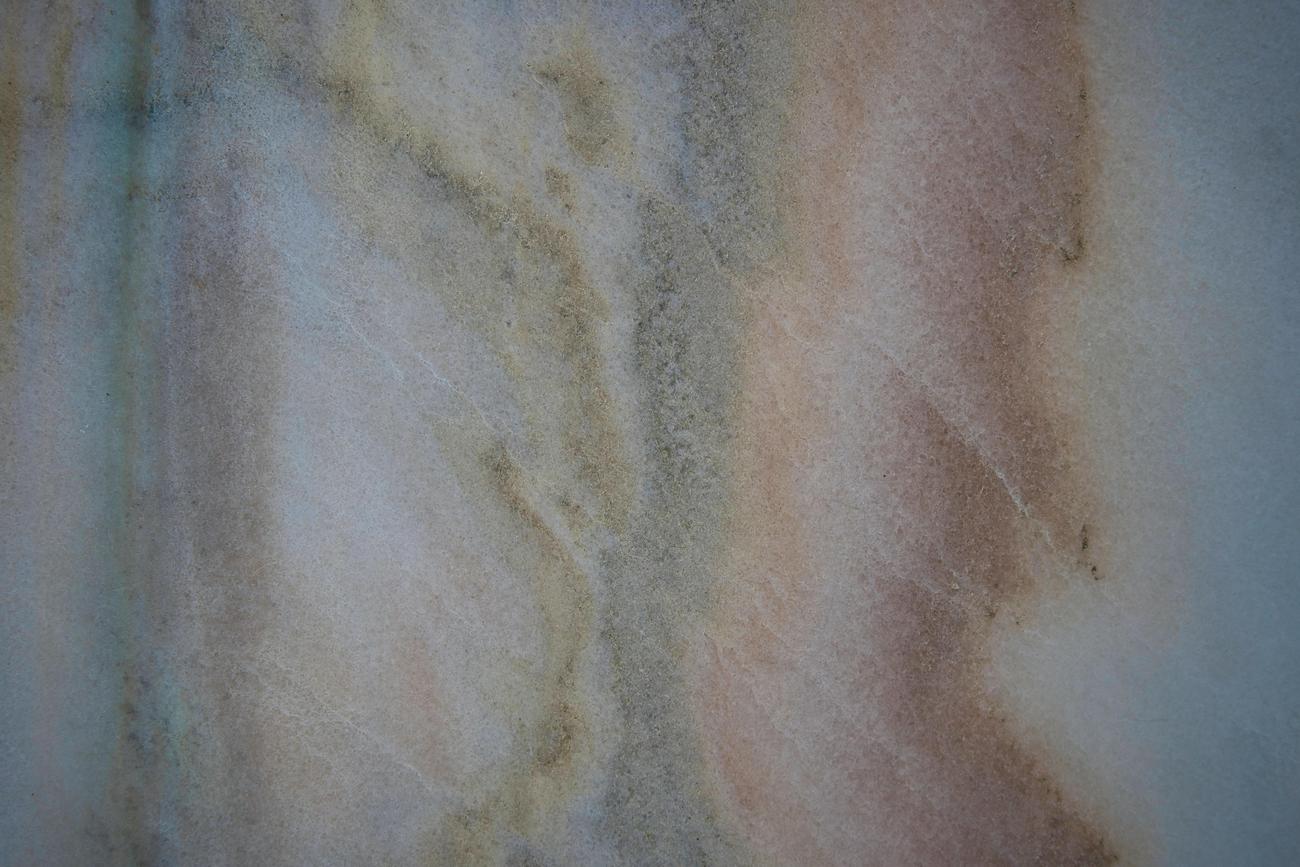In this article, we journey into the depths of the earth’s geological wonders, focusing our gaze upon the captivating world of granite rock composition. Prepare to be astounded as we peel back the layers and unravel the mysteries hidden within these magnificent formations. As we delve into the realm of granite, we are accompanied by an expert geologist, whose keen eyes and extensive knowledge will guide us through the intricacies of its mineralogy, petrology, and chemistry. Get ready to witness the awe-inspiring beauty and gain profound insights into the ancient rock that has stood the test of time – granite.

Granite Rock Composition
Granite rocks, with their captivating colors and sturdy structures, have long fascinated geologists like myself. Let’s dive into the intricate world of granite rock composition and unravel the secrets hidden within these remarkable geological wonders.
Granite is primarily composed of three main minerals: feldspar, quartz, and mica. This trio forms the backbone of most granite rocks, contributing to their unique characteristics and appearances. But it doesn’t stop there – granite can also contain smaller amounts of other minerals such as hornblende, biotite, and pyroxene. These additional minerals add a touch of diversity to granite’s composition, resulting in an array of colors and textures.
Granites stunningly bear the fingerprints of their mineral assemblages, creating a tapestry of beauty that ignites the imagination.
The specific composition of granite plays a vital role in its practical applications. For instance, granite’s innate resistance to acids makes it a popular choice for kitchen countertops and other surfaces that may come into contact with acidic substances. Its durability and aesthetic appeal make it perfect for both functional and decorative purposes.
When examining granite, it’s impossible to ignore the importance of texture and grain size. These characteristics not only add visual interest but also provide valuable insights into the rock’s formation. The location where granite is formed greatly influences its texture and grain size, unveiling a captivating story of geological processes.
The texture and grain size of granite hold clues to its origin, revealing the unseen forces that shaped it over millennia.
The beauty of granite lies in its interlocking mineral structure. Minerals such as feldspar, quartz, mica, and amphibole weave together, creating a strong and visually appealing foundation. This interlocking structure defines granite’s appearance and sets it apart from other rock types.
The intricate dance of minerals within granite produces a symphony of strength and beauty, captivating both the eye and the mind.
But how does granite actually form? Granite rock is a product of silica-rich magma, which cools and solidifies deep within the Earth’s crust. This cooling process occurs below the surface, allowing the magma to slowly crystallize and transform into granite. These magmas usually originate in areas where tectonic plates collide, forming what we call convergent boundaries.
Granite, born from the fiery depths of the Earth, emerges as a testament to the immense forces shaping our planet.
As an experienced geologist, I have had the privilege of delving into the mysteries of granite rock composition. Its diverse mineral assemblages, the significance of texture and grain size, and the captivating story of its formation continue to intrigue and inspire me.
Granite rock composition is a symphony of minerals, textures, and geological processes, waiting to be deciphered by those who seek to understand the Earth’s hidden treasures.
Granite rock is a fascinating material that holds many secrets within its layers. If you’re curious to learn some fun facts about granite rock, click here to uncover its hidden wonders: Fun Facts About Granite Rock. Discover why granite is considered one of the toughest rocks on the planet and how it has been used throughout history for monumental structures and beautiful countertops. Prepare to be amazed by the variety of colors and patterns that can be found in this natural marvel. So, don’t miss out on the chance to delve into the captivating world of granite rock!

FAQ
Question 1
What are the primary minerals found in granite rock?
Answer 1
Granite rock is primarily composed of minerals such as feldspar, quartz, and mica, with smaller amounts of other minerals like hornblende, biotite, and pyroxene.
Question 2
Why is granite resistant to acids?
Answer 2
Granite is resistant to acids, making it suitable for use in kitchen countertops and other applications where exposure to acids is possible. This is because its mineral composition, particularly the presence of quartz, feldspar, and mica, makes it highly resistant to chemical weathering.
Question 3
What gives granite its different colors and textures?
Answer 3
The mineral composition of granite can vary, giving it different colors and textures. The presence of different minerals like feldspar, quartz, mica, and amphibole, as well as variations in their abundance and arrangement, contribute to the wide range of colors and textures observed in granite rocks.
Question 4
Where is granite commonly used in construction?
Answer 4
Granite is a type of igneous rock that is commonly used in construction and building materials. It is often used for countertops, flooring, façades, and decorative items due to its durability, aesthetic appeal, and resistance to weathering.
Question 5
How do granite rocks form and where are they typically found?
Answer 5
Granite rocks form from silica-rich magmas that cool and solidify deep beneath the Earth’s surface. They are often found at convergent boundaries between tectonic plates, where intense heat and pressure cause the partial melting of pre-existing rocks. Granite is the most abundant rock type in the continental crust and has been extensively studied and researched.
- Unlock 6000+ words beginning with he: A comprehensive analysis - April 20, 2025
- Mastering -al Words: A Complete Guide - April 20, 2025
- Master Scrabble: High-Scoring BAR Words Now - April 20, 2025
















